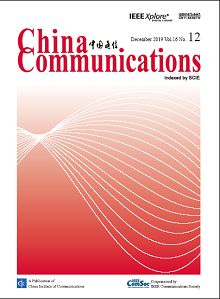SIGNAL PROCESSING
Abdul Razzaq, Muhammad Asim, Zulqrnain Ali, Salman Qadri, Imran Mumtaz, Dost Muhammad Khan, Qasim Niaz
2019, 16(12): 145-153.
Sentiment Analysis, an un-abating research area in text mining, requires a computational method for extracting useful information from text. In recent days, social media has become a really rich source to get information about the behavioral state of people (opinion) through reviews and comments. Numerous techniques have been aimed to analyze the sentiment of the text, however, they were unable to come up to the complexity of the sentiments. The complexity requires novel approach for deep analysis of sentiments for more accurate prediction. This research presents a three-step Sentiment Analysis and Prediction (SAP) solution of Text Trend through K-Nearest Neighbor (KNN). At first, sentences are transformed into tokens and stop words are removed. Secondly, polarity of the sentence, paragraph and text is calculated through contributing weighted words, intensity clauses and sentiment shifters. The resulting features extracted in this step played significant role to improve the results. Finally, the trend of the input text has been predicted using KNN classifier based on extracted features. The training and testing of the model has been performed on publically available datasets of twitter and movie reviews. Experiments results illustrated the satisfactory improvement as compared to existing solutions. In addition, GUI (Hello World) based text analysis framework has been designed to perform the text analytics.
